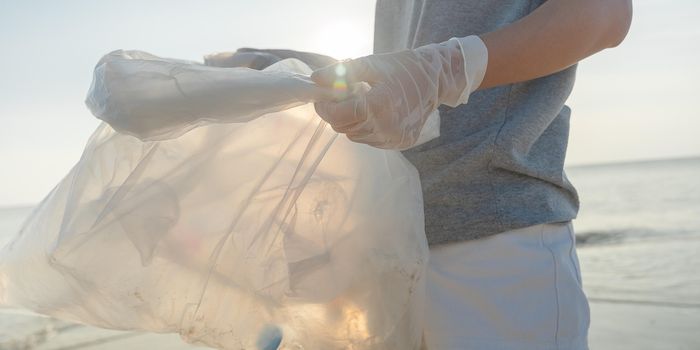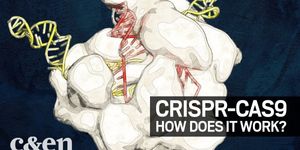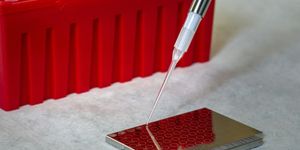Self-Healing Microcapsules Make Promising Leukemia Vaccines
Leukemia is a cancer affecting tissues in the body that produce blood cells, including the bone marrow and the lymphatic system. It is characterized by rapid, out-of-control growth of abnormal cells in these tissues and accounts for around four percent of all new cancer cases in the United States.
A recent study published in Nature Biomedical Engineering details how researchers are a step closer towards a therapeutic vaccine against leukemia. Though previous works have shown promise in preventing the development of leukemia through vaccination, the clinical performance of such experimental therapies has been underwhelming so far. In part, this is due to shortcomings of the vaccine’s delivery system.
Professor Li Yuhua, from China’s Zhujiang Hospital was among the scientists leading the study and said: "Our clinical findings revealed the high expression of EPS8 and PD-1/PD-L1 in leukemia patients, which could be respectively used as a new type of leukemia antigen and a checkpoint target for a leukemia vaccine."
The team designed a novel self-healing microcapsule that contains a cargo of epitope peptides and an antibody against PD-1. These microcapsules are made of polylactic acid, an FDA-approved biomaterial that is regarded as a reference material for injectable microparticles. What’s special about these newly-developed microcapsules is their ability to efficiently load the vaccine’s active ingredients and subsequently “self heal”, sealing them in before releasing the vaccine over a prolonged period once injected into the body.
The microcapsules performed considerably better than currently-available adjuvants in a variety of leukemia therapeutic models, highlighting their exciting potential in a clinical setting.
"With the advantages of FDA-approved polylactic acid material, convenience in preparing the vaccine formulation, diversity of vaccine components, and excellent therapeutic effect, the microcapsule-based vaccine exhibits great potential for clinical translation," said Professor Ma Guanghui from the Institute of Process Engineering (IPE) of Chinese Academy of Sciences, another author of the paper.
Sources: Nature Biomedical Engineering, Medical Xpress.









